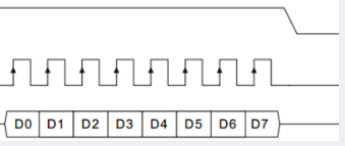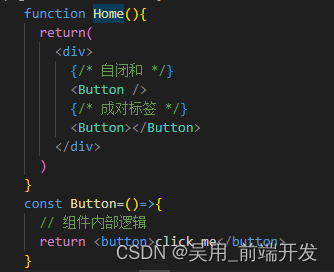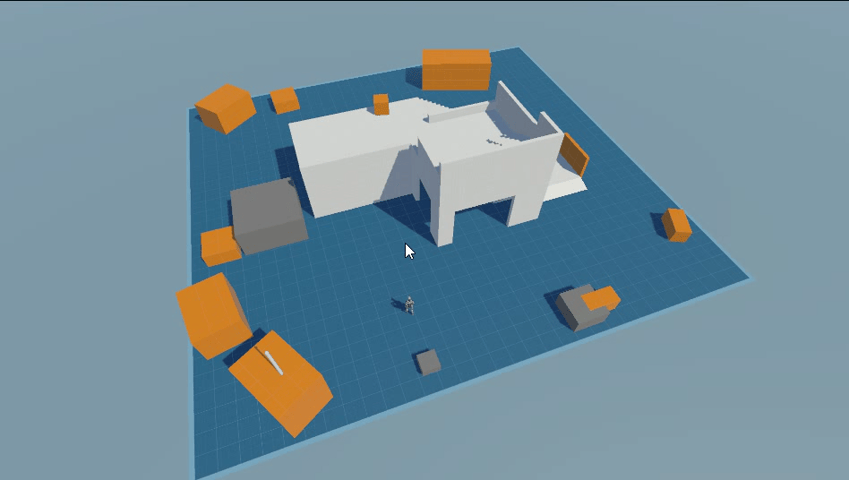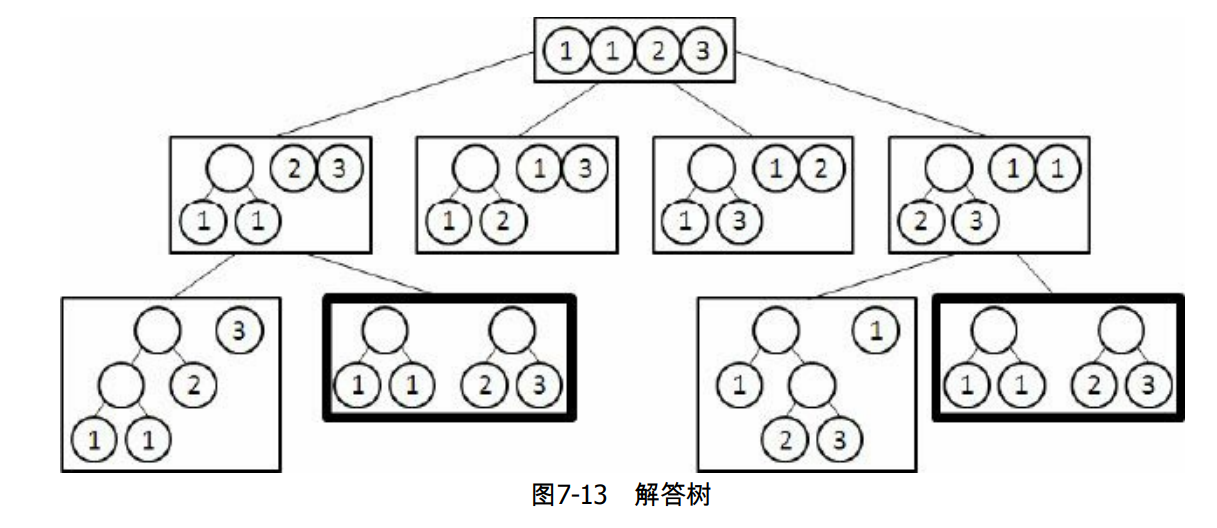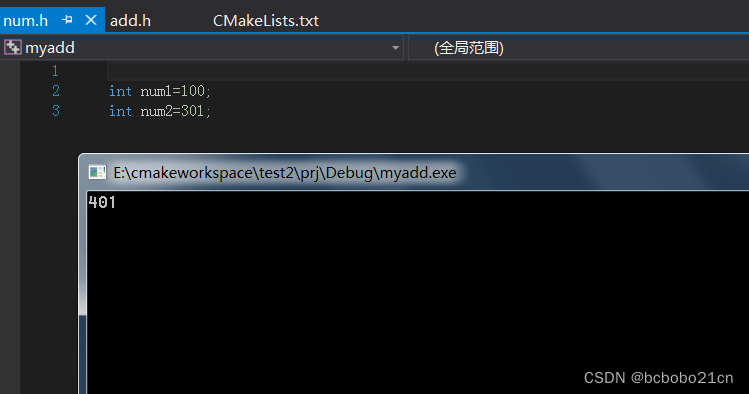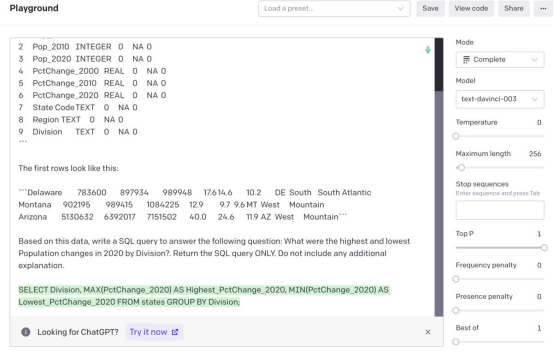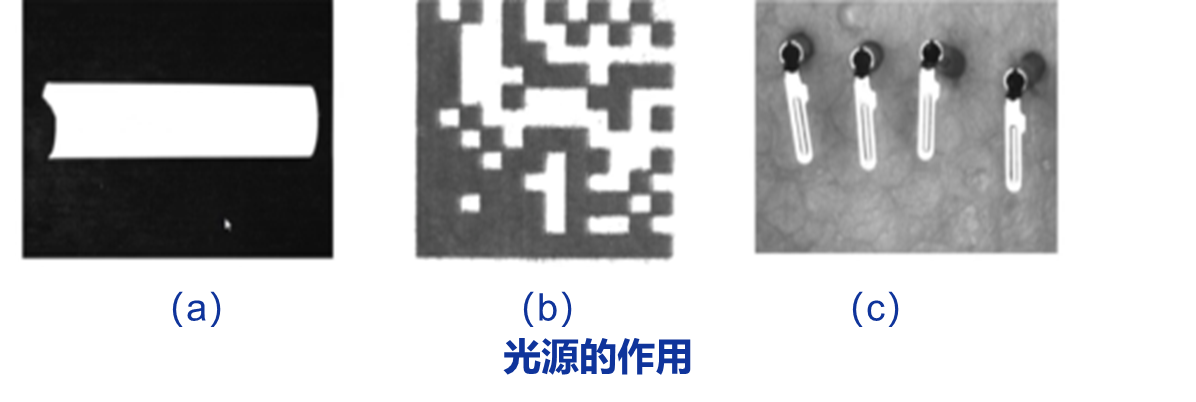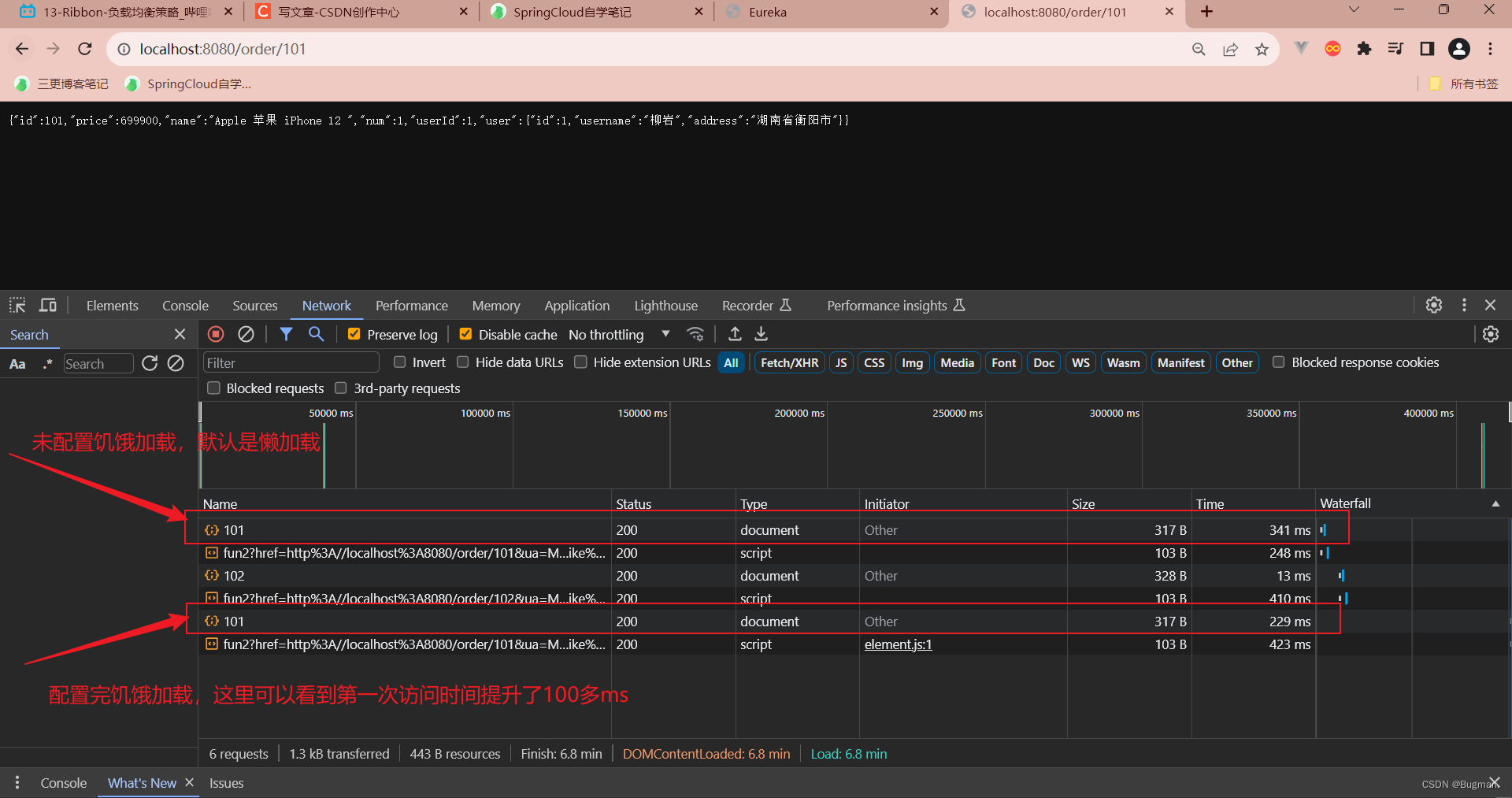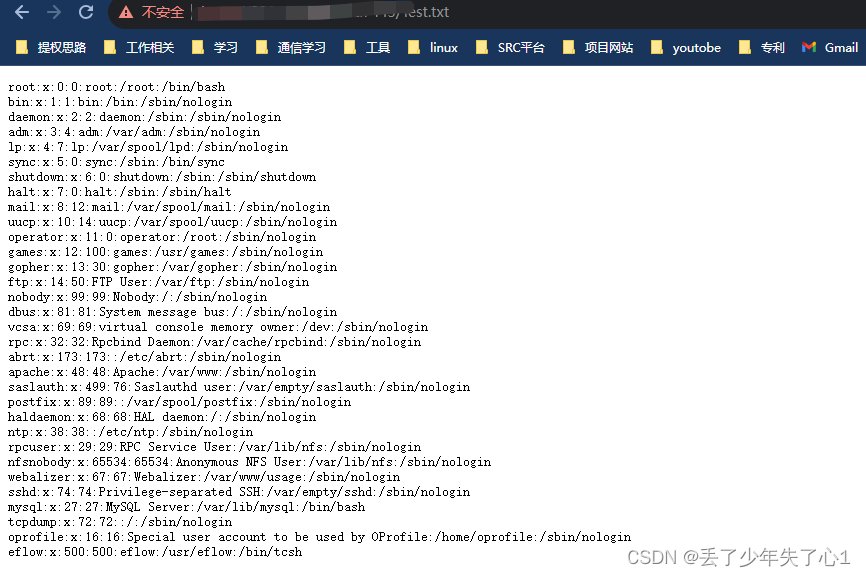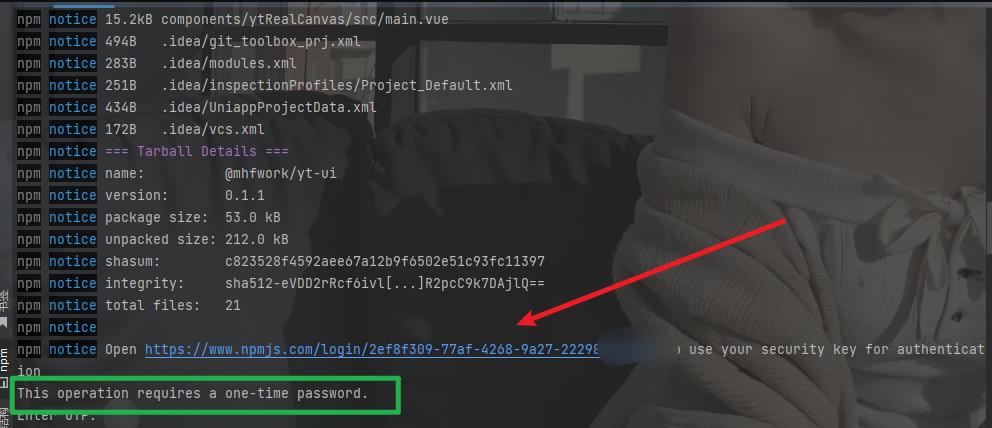Pytorch从零开始实战——咖啡豆识别
本系列来源于365天深度学习训练营
原作者K同学
文章目录
- Pytorch从零开始实战——咖啡豆识别
- 环境准备
- 数据集
- 模型选择
- 训练
- 模型可视化
- 模型预测
- 其他问题
- 总结
环境准备
本文基于Jupyter notebook,使用Python3.8,Pytorch2.0.1+cu118,torchvision0.15.2,需读者自行配置好环境且有一些深度学习理论基础。本次实验的目的是手写VGG,并且测试多GPU。
第一步,导入常用包
import torch
import torch.nn as nn
import matplotlib.pyplot as plt
import torchvision
import torchvision.transforms as transforms
import torchvision.datasets as datasets
import torch.nn.functional as F
import random
from time import time
import numpy as np
import pandas as pd
import datetime
import gc
import os
import copy
os.environ['KMP_DUPLICATE_LIB_OK']='True' # 用于避免jupyter环境突然关闭
torch.backends.cudnn.benchmark=True # 用于加速GPU运算的代码
设置随机数种子
torch.manual_seed(428)
torch.cuda.manual_seed(428)
torch.cuda.manual_seed_all(428)
random.seed(428)
np.random.seed(428)
创建设备对象,并且查看GPU数量
device = torch.device("cuda" if torch.cuda.is_available() else "cpu")
device, torch.cuda.device_count()
数据集
本次使用的数据集是咖啡豆图片,它分为四个类别,Dark、Green、Light、Medium,一共有1200张图片,不同的类别存放在不同的文件夹中,文件夹名是类别名。
使用pathlib查看类别
import pathlib
data_dir = './data/beans'
data_dir = pathlib.Path(data_dir) # 转成pathlib.Path对象
data_paths = list(data_dir.glob('*'))
classNames = [str(path).split("/")[2] for path in data_paths]
classNames # ['Dark', 'Green', 'Medium', 'Light']
使用transforms对数据集进行统一处理,并且根据文件夹名映射对应标签
train_transforms = transforms.Compose([
transforms.Resize([224, 224]),
transforms.ToTensor(),
transforms.Normalize(mean=[0.485, 0.456, 0.406], std=[0.229, 0.224, 0.225]) # 标准化
])
total_data = datasets.ImageFolder("./data/beans/", transform=train_transforms)
total_data.class_to_idx # {'Dark': 0, 'Green': 1, 'Light': 2, 'Medium': 3}
随机查看5张图片
def plotsample(data):
fig, axs = plt.subplots(1, 5, figsize=(10, 10)) #建立子图
for i in range(5):
num = random.randint(0, len(data) - 1) #首先选取随机数,随机选取五次
#抽取数据中对应的图像对象,make_grid函数可将任意格式的图像的通道数升为3,而不改变图像原始的数据
#而展示图像用的imshow函数最常见的输入格式也是3通道
npimg = torchvision.utils.make_grid(data[num][0]).numpy()
nplabel = data[num][1] #提取标签
#将图像由(3, weight, height)转化为(weight, height, 3),并放入imshow函数中读取
axs[i].imshow(np.transpose(npimg, (1, 2, 0)))
axs[i].set_title(nplabel) #给每个子图加上标签
axs[i].axis("off") #消除每个子图的坐标轴
plotsample(total_data)

根据8比2划分数据集和测试集,并且利用DataLoader划分批次和随机打乱
train_size = int(0.8 * len(total_data))
test_size = len(total_data) - train_size
train_ds, test_ds = torch.utils.data.random_split(total_data, [train_size, test_size])
batch_size = 32
train_dl = torch.utils.data.DataLoader(train_ds,
batch_size=batch_size,
shuffle=True,
)
test_dl = torch.utils.data.DataLoader(test_ds,
batch_size=batch_size,
shuffle=True,
)
len(train_dl.dataset), len(test_dl.dataset) # (960, 240)
模型选择
本次实验使用VGG16,模型如下
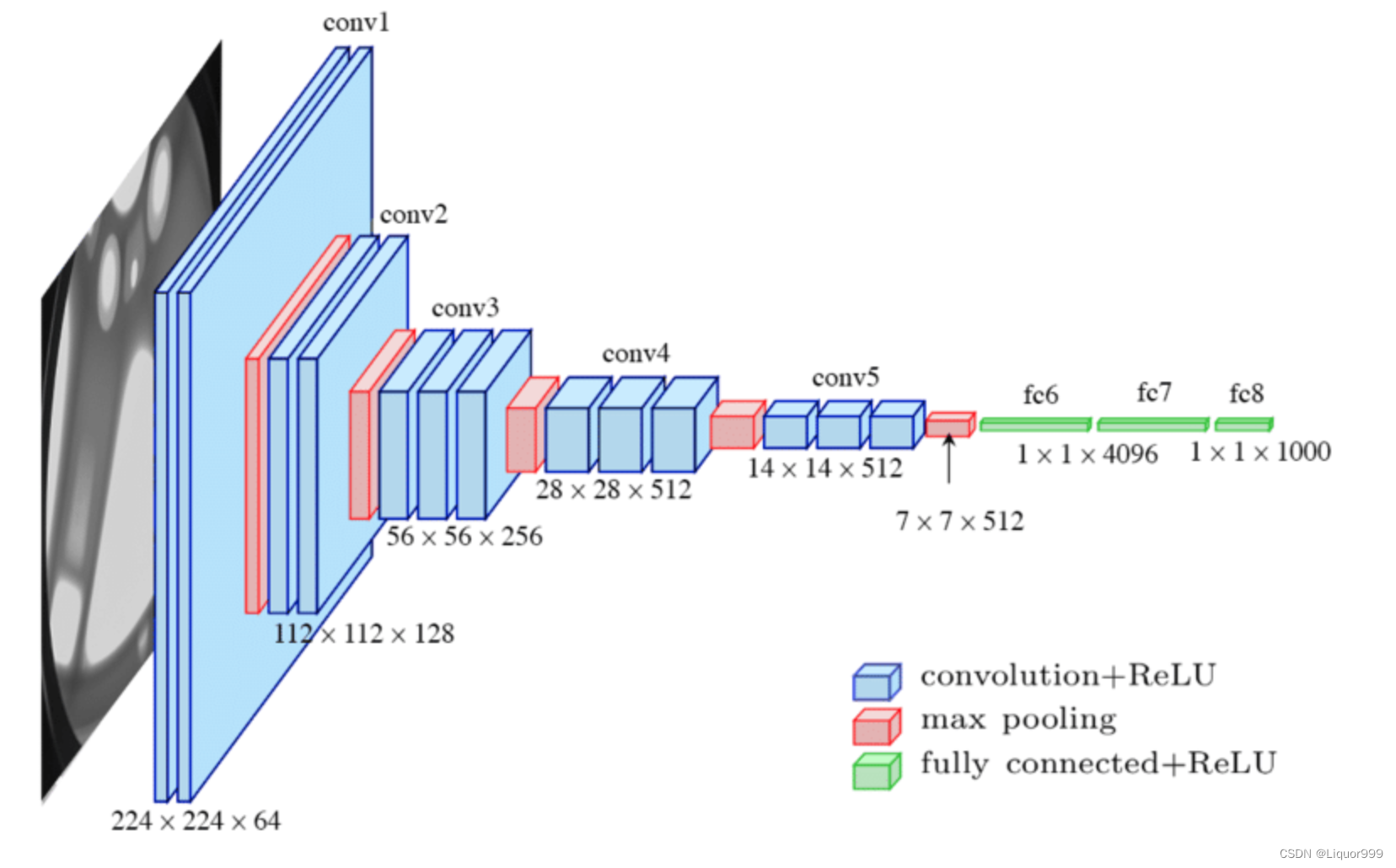
class Model(nn.Module):
def __init__(self):
super().__init__()
self.block1 = nn.Sequential(
nn.Conv2d(3, 64, kernel_size=3, stride=1, padding=1),
nn.ReLU(),
nn.Conv2d(64, 64, kernel_size=3, stride=1, padding=1),
nn.ReLU(),
nn.MaxPool2d(2)
)
self.block2 = nn.Sequential(
nn.Conv2d(64, 128, kernel_size=3, stride=1, padding=1),
nn.ReLU(),
nn.Conv2d(128, 128, kernel_size=3, stride=1, padding=1),
nn.ReLU(),
nn.MaxPool2d(2)
)
self.block3 = nn.Sequential(
nn.Conv2d(128, 256, kernel_size=3, stride=1, padding=1),
nn.ReLU(),
nn.Conv2d(256, 256, kernel_size=3, stride=1, padding=1),
nn.ReLU(),
nn.Conv2d(256, 256, kernel_size=3, stride=1, padding=1),
nn.ReLU(),
nn.MaxPool2d(2)
)
self.block4 = nn.Sequential(
nn.Conv2d(256, 512, kernel_size=3, stride=1, padding=1),
nn.ReLU(),
nn.Conv2d(512, 512, kernel_size=3, stride=1, padding=1),
nn.ReLU(),
nn.Conv2d(512, 512, kernel_size=3, stride=1, padding=1),
nn.ReLU(),
nn.MaxPool2d(2)
)
self.block5 = nn.Sequential(
nn.Conv2d(512, 512, kernel_size=3, stride=1, padding=1),
nn.ReLU(),
nn.Conv2d(512, 512, kernel_size=3, stride=1, padding=1),
nn.ReLU(),
nn.Conv2d(512, 512, kernel_size=3, stride=1, padding=1),
nn.ReLU(),
nn.MaxPool2d(2)
)
self.fc = nn.Sequential(
nn.Linear(7 * 7 * 512, 4096),
nn.ReLU(),
nn.Linear(4096, 4096),
nn.ReLU(),
nn.Linear(4096, len(classNames))
)
def forward(self, x):
x = self.block1(x)
x = self.block2(x)
x = self.block3(x)
x = self.block4(x)
x = self.block5(x)
x = x.view(-1, 7 * 7 * 512)
x = self.fc(x)
return x
使用summary查看模型结构,并且将模型转成多GPU并行运算的模型
from torchsummary import summary
# 将模型转移到GPU中
model = Model()
model = model.to(device)
if torch.cuda.device_count() > 1: # 检查电脑是否有多块GPU
print(f"Let's use {torch.cuda.device_count()} GPUs!")
model = nn.DataParallel(model) # 将模型对象转变为多GPU并行运算的模型
summary(model, input_size=(3, 224, 224))

训练
定义训练函数
def train(dataloader, model, loss_fn, opt):
size = len(dataloader.dataset)
num_batches = len(dataloader)
train_acc, train_loss = 0, 0
for X, y in dataloader:
X, y = X.to(device), y.to(device)
pred = model(X)
loss = loss_fn(pred, y)
opt.zero_grad()
loss.backward()
opt.step()
train_acc += (pred.argmax(1) == y).type(torch.float).sum().item()
train_loss += loss.item()
train_acc /= size
train_loss /= num_batches
return train_acc, train_loss
定义测试函数
def test(dataloader, model, loss_fn):
size = len(dataloader.dataset)
num_batches = len(dataloader)
test_acc, test_loss = 0, 0
with torch.no_grad():
for X, y in dataloader:
X, y = X.to(device), y.to(device)
pred = model(X)
loss = loss_fn(pred, y)
test_acc += (pred.argmax(1) == y).type(torch.float).sum().item()
test_loss += loss.item()
test_acc /= size
test_loss /= num_batches
return test_acc, test_loss
定义损失函数、优化算法、学习率,本次使用的是Adam优化算法
loss_fn = nn.CrossEntropyLoss()
learn_rate = 0.0001
opt = torch.optim.Adam(model.parameters(), lr=learn_rate)
开始训练,准确率还是非常高的
import time
epochs = 30
train_loss = []
train_acc = []
test_loss = []
test_acc = []
T1 = time.time()
best_acc = 0
best_model = 0
for epoch in range(epochs):
model.train()
epoch_train_acc, epoch_train_loss = train(train_dl, model, loss_fn, opt)
model.eval() # 确保模型不会进行训练操作
epoch_test_acc, epoch_test_loss = test(test_dl, model, loss_fn)
if epoch_test_acc > best_acc:
best_acc = epoch_test_acc
best_model = copy.deepcopy(model)
train_acc.append(epoch_train_acc)
train_loss.append(epoch_train_loss)
test_acc.append(epoch_test_acc)
test_loss.append(epoch_test_loss)
print("epoch:%d, train_acc:%.1f%%, train_loss:%.3f, test_acc:%.1f%%, test_loss:%.3f"
% (epoch + 1, epoch_train_acc * 100, epoch_train_loss, epoch_test_acc * 100, epoch_test_loss))
T2 = time.time()
print('程序运行时间:%s秒' % (T2 - T1))
PATH = './best_model.pth' # 保存的参数文件名
if best_model is not None:
torch.save(best_model.state_dict(), PATH)
print('保存最佳模型')
print("Done")
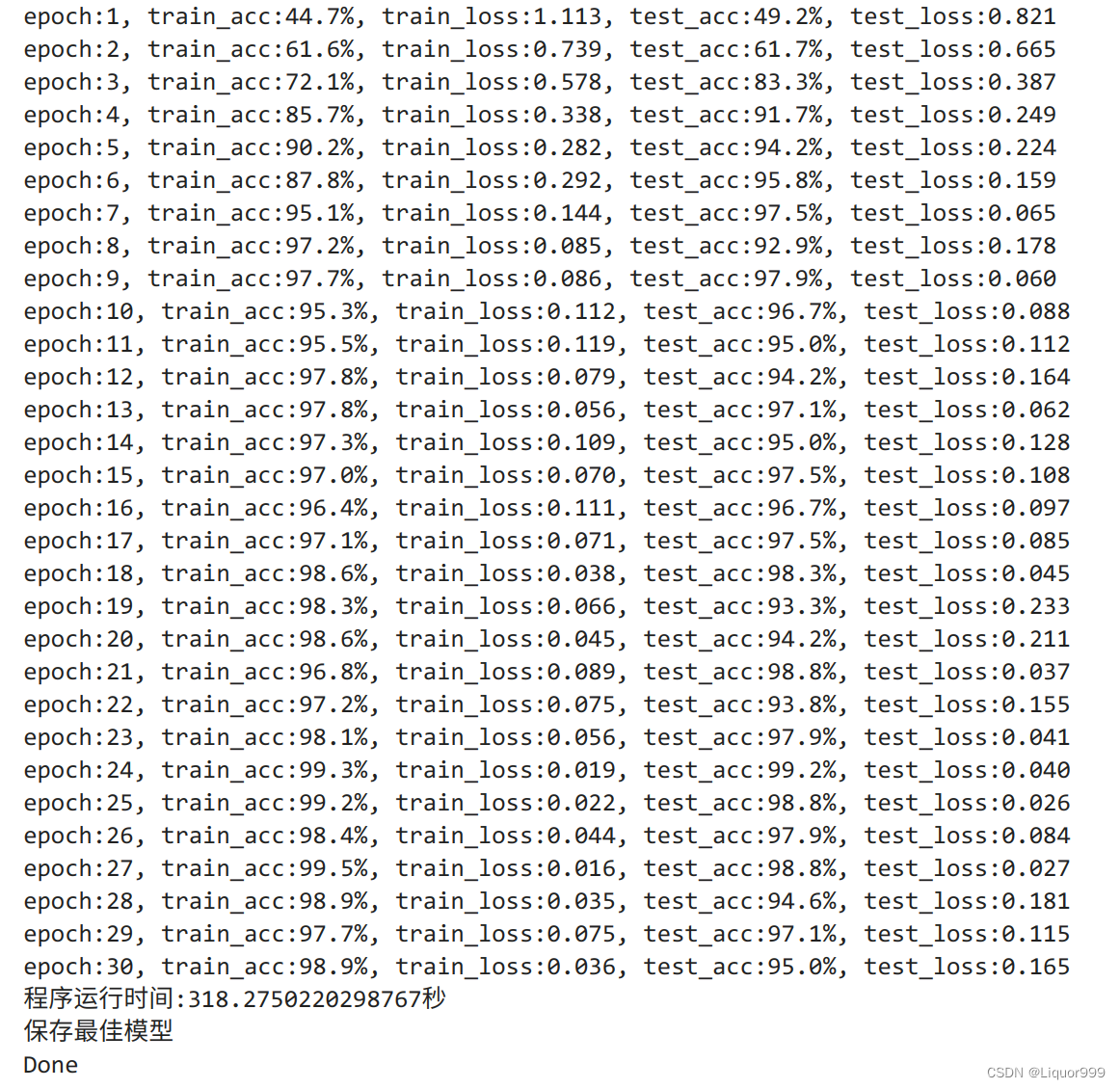
模型可视化
使用matplotlib可视化训练、测试过程
import warnings
warnings.filterwarnings("ignore") #忽略警告信息
plt.rcParams['font.sans-serif'] = ['SimHei'] # 用来正常显示中文标签
plt.rcParams['axes.unicode_minus'] = False # 用来正常显示负号
plt.rcParams['figure.dpi'] = 100 #分辨率
epochs_range = range(epochs)
plt.figure(figsize=(12, 3))
plt.subplot(1, 2, 1)
plt.plot(epochs_range, train_acc, label='Training Accuracy')
plt.plot(epochs_range, test_acc, label='Test Accuracy')
plt.legend(loc='lower right')
plt.title('Training and Validation Accuracy')
plt.subplot(1, 2, 2)
plt.plot(epochs_range, train_loss, label='Training Loss')
plt.plot(epochs_range, test_loss, label='Test Loss')
plt.legend(loc='upper right')
plt.title('Training and Validation Loss')
plt.show()

模型预测
定义模型预测函数
from PIL import Image
classes = list(total_data.class_to_idx)
def predict_one_image(image_path, model, transform, classes):
test_img = Image.open(image_path).convert('RGB')
plt.imshow(test_img) # 展示预测的图片
test_img = transform(test_img)
img = test_img.to(device).unsqueeze(0)
model.eval()
output = model(img)
_,pred = torch.max(output,1)
pred_class = classes[pred]
print(f'预测结果是:{pred_class}')
开始单张图片预测
predict_one_image(image_path='./data/beans/Dark/dark (1).png',
model=model,
transform=train_transforms,
classes=classes) # 预测结果是:Dark
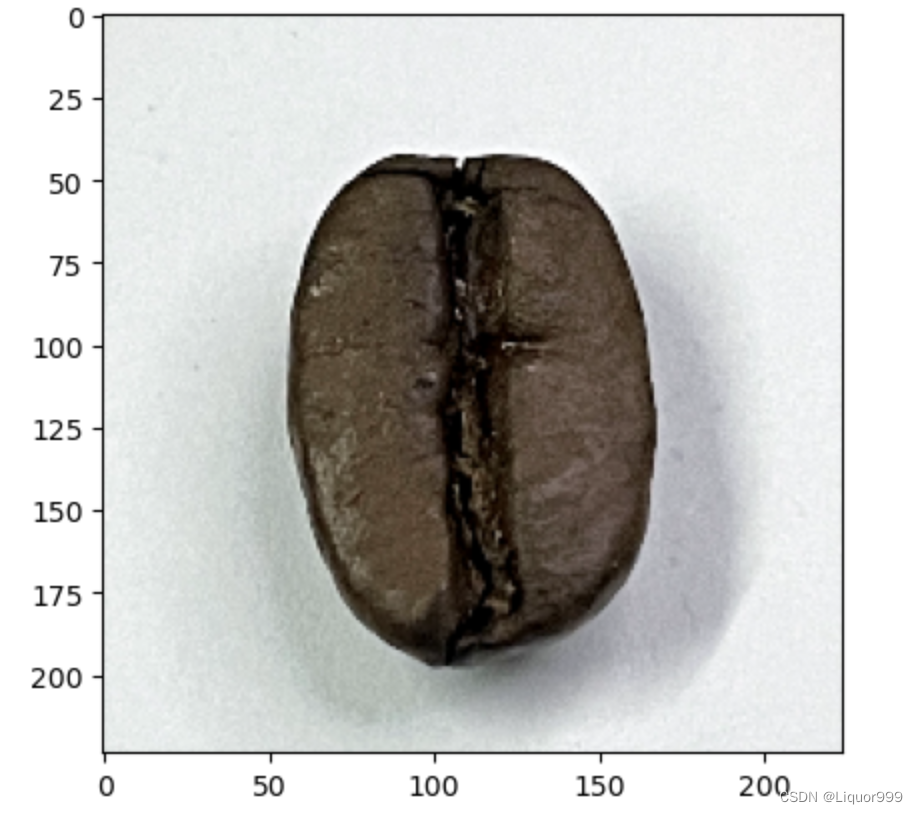
查看最优的模型的准确率和损失
best_model.eval()
epoch_test_acc, epoch_test_loss = test(test_dl, best_model, loss_fn)
epoch_test_acc, epoch_test_loss # (0.9916666666666667, 0.0399394309388299)
其他问题
本次实验又使用了单GPU,进行训练
# 单GPU
from torchsummary import summary
# 将模型转移到GPU中
model = Model()
model = model.to(device)
结果如下

总结
本次实验主要手写了经典网络架构VGG16,并且使用两张GPU和一张GPU进行实验,但惊奇的发现,一张GPU运行时间是164秒,两张GPU运行时间是318秒,明明算力提高了,反而训练时间更加慢了,经过资料的查询,大概原因是数据量很小,GPU之间传递数据占用时间相对大于加速运算时间,所以训练时间反而变长了。


